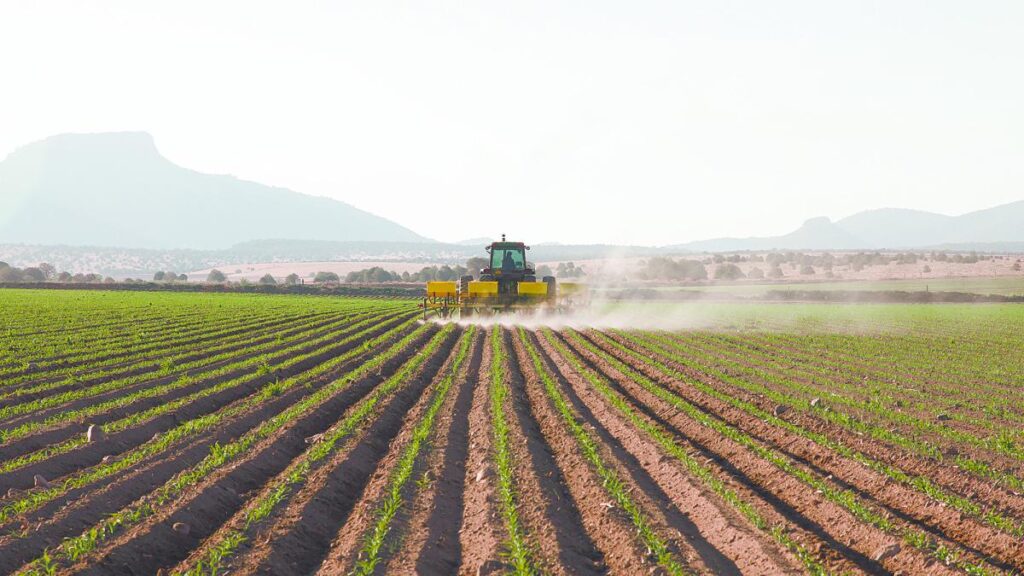Introduction
The delivery of water to the United States under the 1944 Treaty could exacerbate water stress in various regions of northern Mexico, particularly in the states of Chihuahua, Coahuila, and Tamaulipas. The ongoing severe drought affecting both the southwestern United States and northern Mexico has left reservoir levels at historic lows.
Expert Insights
Alfonso Cortés Lara, Water Management Specialist
Alfonso Cortés Lara, a water management specialist and researcher at the Colegio de la Frontera Norte, explains that the low water levels in reservoirs impact both agricultural activities and urban consumption. The water delivered to the US primarily comes from the Rio Conchos and other basins like San Rodrigo and San Miguel, which also supply urban areas such as Ciudad Acuña and Piedras Negras. Cortés Lara warns that the water extraction could lead to conflicts over the resource in these cities and agricultural regions like Delicias, Chihuahua, and the Bajo Rio San Juan, Tamaulipas.
María del Carmen Carmona, UNAM Academic
María del Carmen Carmona, an academic from the UNAM, emphasizes that Mexico is obligated to deliver a specific volume of water in five-year cycles according to the treaty. However, the extreme drought conditions have complicated fulfilling these obligations. Carmona highlights that the treaty insists on water deliveries coming only from certain international reservoirs, not federal ones like La Boquilla, limiting flexibility in addressing water shortages.
Potential Consequences
Cortés Lara and Carmona both warn of potential economic repercussions, including reduced agricultural output and increased food prices or imports. The lack of water for irrigation in Tamaulipas, where sorghum, corn, and wheat are grown for the domestic market, could lead to shortages affecting both prices and reliance on foreign harvests.
Challenges in Water Management
The rigidity of the treaty, which restricts alternative water sources, poses a significant threat to agricultural production. In 2020, diverting water from La Boquilla reservoir sparked protests and violent disturbances among local producers who felt their needs were being ignored. Insufficient investment in adequate water storage and distribution infrastructure further complicates managing water during shortages.
Key Questions and Answers
- What is the current water situation in northern Mexico? The region faces severe water stress due to prolonged drought, with reservoir levels at historic lows.
- Which states are most affected by water delivery to the US? Chihuahua, Coahuila, and Tamaulipas are experiencing the most significant impacts.
- How does the 1944 Treaty affect water delivery? The treaty mandates specific water volumes to be delivered in five-year cycles, complicating fulfillment during drought conditions.
- What are the potential economic consequences? Reduced agricultural output and increased food prices or imports due to water shortages for irrigation.
- What challenges does water management face in the region? Limited flexibility in alternative water sources and insufficient infrastructure for storage and distribution.






